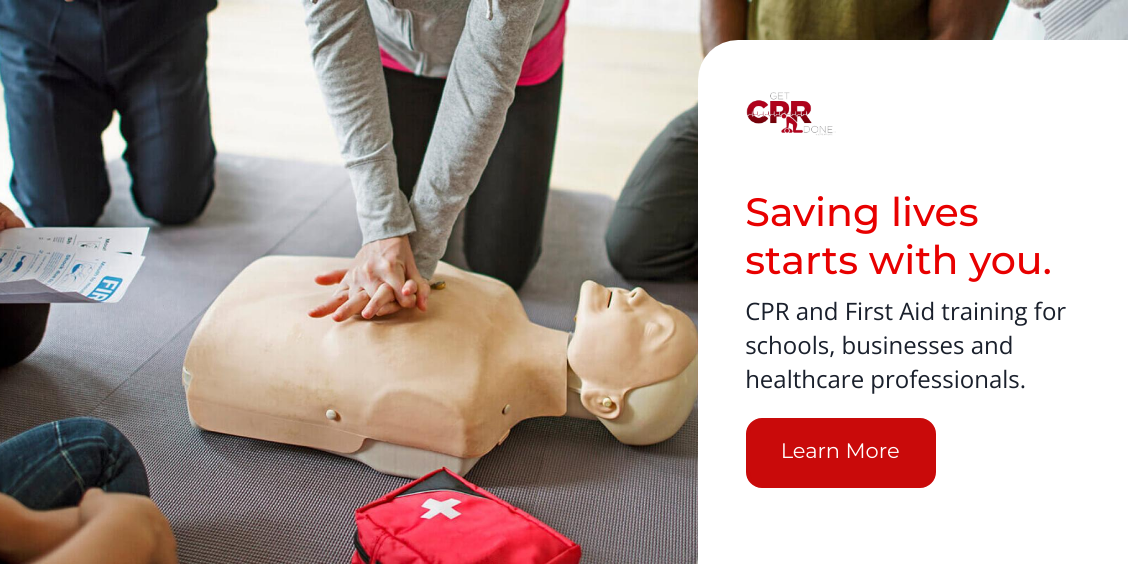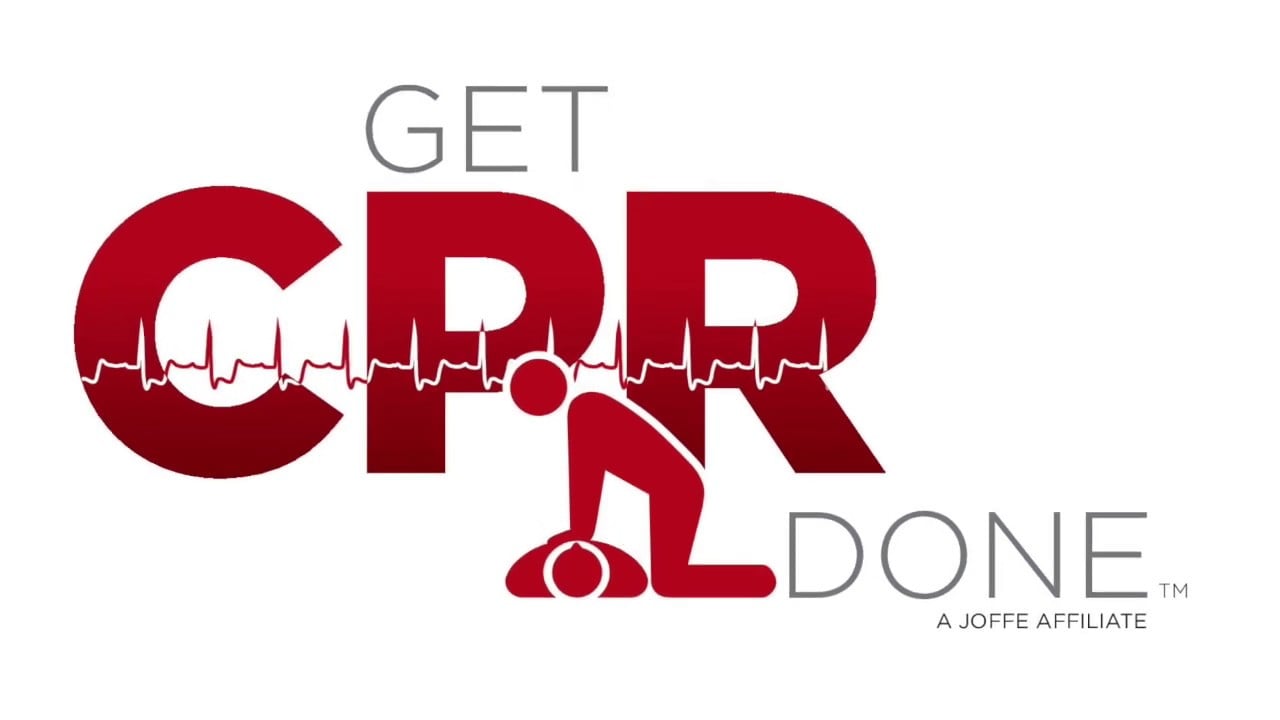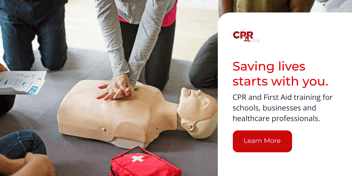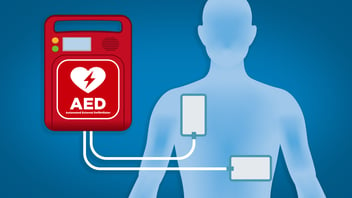Sudden Cardiac Arrest vs. Heart Attack: The Not-So-Identical Twins of Heart Health

When it comes to health emergencies, not all situations are created equal. If sudden cardiac arrest (SCA) and heart attacks were people, they'd probably be siblings who are often mistaken for each other. They share some of the same risk factors and similar symptoms, and both require immediate medical attention. But beneath the surface, these two conditions have different personalities, which is why understanding their distinctions is crucial. If you're confused about what separates SCA from a heart attack, buckle up for a lighthearted yet informative journey through their differences.
The Basics: What Are They?
Sudden Cardiac Arrest (SCA):
SCA is like an unexpected power outage in your heart. It occurs when the heart suddenly stops beating due to an electrical malfunction. Without the heart pumping blood, vital organs and tissues are deprived of oxygen. Within minutes, this condition can lead to death if not treated with immediate CPR and defibrillation.
Heart Attack (Myocardial Infarction):
A heart attack is more of a plumbing problem than an electrical one. It's caused by a blockage in the coronary arteries, reducing or stopping blood flow to a section of the heart muscle. This lack of blood flow damages the heart muscle over time, though the heart continues to beat. While symptoms can come on suddenly, they usually develop over minutes or hours.
Causes: Different Paths to Trouble
Sudden Cardiac Arrest Causes:
- Arrhythmia (Irregular Heartbeat): The most common culprit is ventricular fibrillation, where the heart quivers instead of pumping blood effectively.
- Scarring: Previous heart damage (like a heart attack) can leave scar tissue that messes up the heart's rhythm.
- Genetic Disorders: Certain inherited heart conditions can increase the risk of SCA.
- Drug Use or Severe Blood Imbalance: Can trigger irregular heartbeats that lead to SCA.
Heart Attack Causes:
- Coronary Artery Disease: The buildup of fatty deposits (plaque) in the arteries is the primary cause.
- Blood Clot: A clot can form and block the artery, stopping blood flow to the heart.
- Spasm: A spasm of a coronary artery, often due to stress or stimulants, can temporarily restrict blood flow.
Symptoms: Spot the Differences
Sudden Cardiac Arrest Symptoms:
- Immediate Collapse: Sudden, unresponsive collapse is a telltale sign.
- No Pulse or Breathing: The absence of both indicates the heart has stopped.
- Sudden Loss of Consciousness: Without a steady heartbeat, consciousness is quickly lost.
- Warning Signs: In some cases, symptoms like chest discomfort, shortness of breath, or nausea might precede SCA.
Heart Attack Symptoms:
- Chest Pain or Discomfort: An intense or squeezing pain, usually in the center or left side of the chest, is common.
- Upper Body Pain: Pain can radiate to the arms, neck, back, or jaw.
- Shortness of Breath: Difficulty breathing can accompany chest discomfort.
- Other Symptoms: Nausea, lightheadedness, or cold sweats can occur.
Why It Matters: Treatment Differences
Treatment for Sudden Cardiac Arrest:
- Immediate CPR: Chest compressions keep oxygenated blood flowing to vital organs.
- Defibrillation: An automated external defibrillator (AED) can restart the heart's rhythm.
- Advanced Medical Care: Hospital treatment includes medications or implantable devices to prevent recurrence.
Treatment for Heart Attack:
- Medication: Drugs like aspirin reduce blood clots and prevent further damage.
- Angioplasty: A procedure to open blocked arteries using a balloon catheter and stents.
- Coronary Bypass Surgery: Bypassing the blocked artery restores blood flow.
The Overlap: How SCA and Heart Attacks Are Related
Sometimes, SCA can occur after a heart attack if the damage affects the heart's electrical system. In fact, up to 50% of sudden cardiac arrest cases are related to a previous or ongoing heart attack, according to the American Heart Association. Therefore, even though SCA and heart attacks are distinct conditions, their interplay makes understanding both crucial for effective emergency response.
Why Understanding the Difference Is Key
Being able to differentiate between SCA and a heart attack means recognizing the urgency and taking the right action. If you witness someone collapsing and becoming unresponsive, start CPR and use an AED if available—these can mean the difference between life and death. Meanwhile, heart attack victims need urgent medical attention to prevent lasting damage.
Takeaways
- Know the Signs: Sudden cardiac arrest involves sudden collapse, while a heart attack often starts with chest pain.
- Respond Quickly: Start CPR immediately if SCA is suspected; call 911 and get to a hospital if a heart attack is suspected.
- Stay Trained: CPR training and AED use can significantly improve survival rates for SCA victims.
- Prevention Matters: Regular exercise, a healthy diet, and managing stress can help reduce the risk of both conditions.
Understanding these nuances and being equipped with the knowledge to act quickly can be the lifeline that someone desperately needs.
Ready to make a difference? Schedule a call with a training advisor and take the first step towards being prepared.
Sources: American Heart Association. (2024). Sudden Cardiac Arrest.





